Arthur Erickson's Museum of Anthropology at UBC has been given a new lease of life in Vancouver
After an extensive renovation, The Museum of Anthropology is part Shinto shrine, part cathedral, part longhouse – and a temple to learning
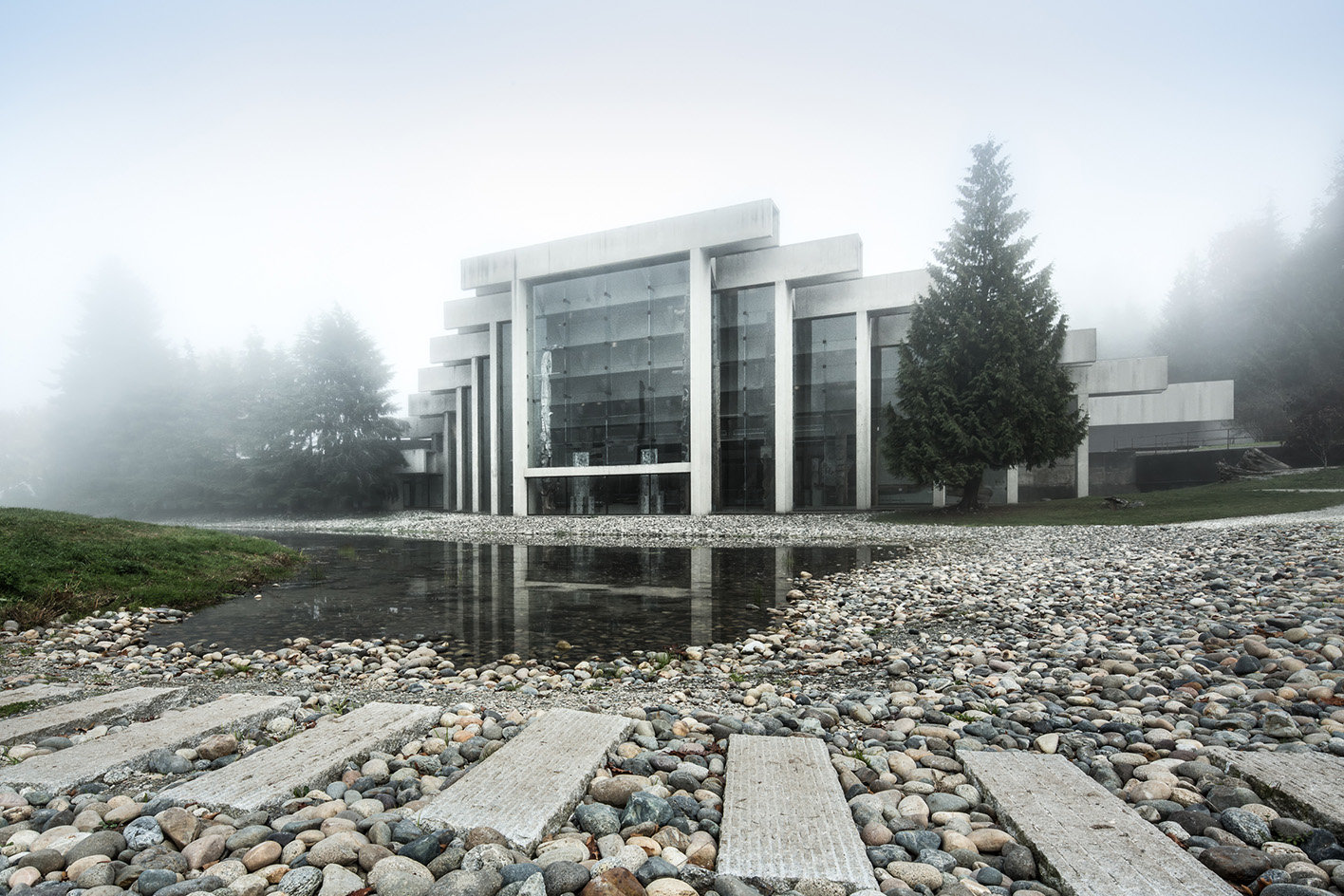
The reopening last month of Arthur Erickson’s 1976 Museum of Anthropology on what would have been the prolific architect’s 100th birthday, calls to mind a Japanese tradition.
As a meditation on the idea of impermanence, the Shikinen Sengu divine palace within the 2000-year-old Ise-Jingu Shinto shrine is demolished every 20 years and then rebuilt to the same dimensions but on an alternate site within the precinct. In a similar vein, Erickson’s modernist monument and Canada’s largest teaching museum has been reincarnated – after an 18-month closure for a $40 million seismic upgrade – with new aesthetic and architectural life.
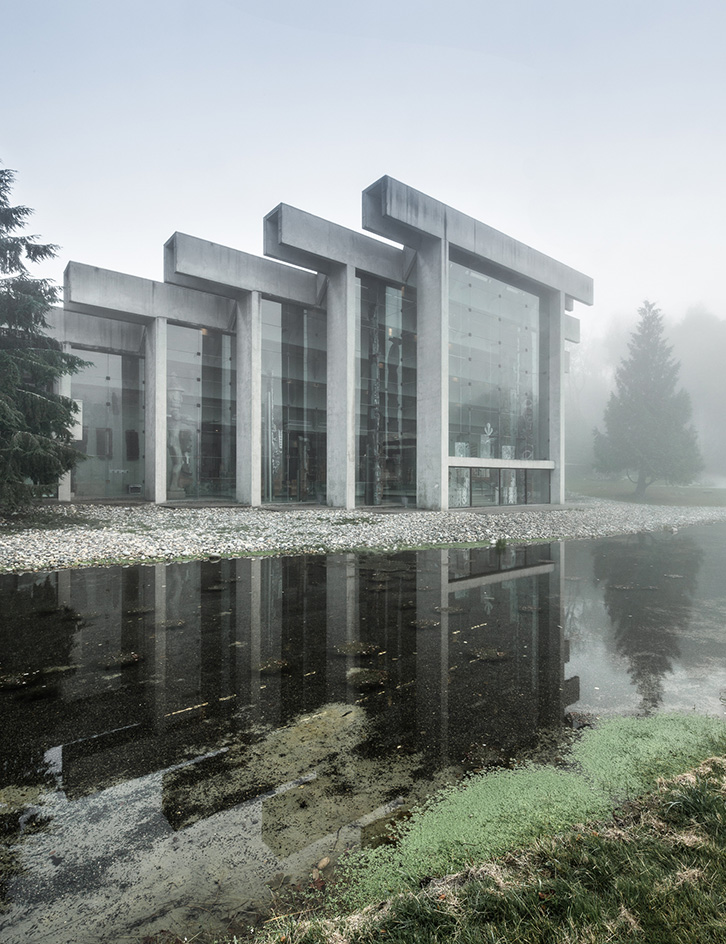
Tour the refreshed Museum of Anthropology at UBC, Vancouver
This was both an architectural and curatorial resurrection. New seismic safety standards meant that Erickson’s iconic Great Hall had to be effectively destroyed and rebuilt.
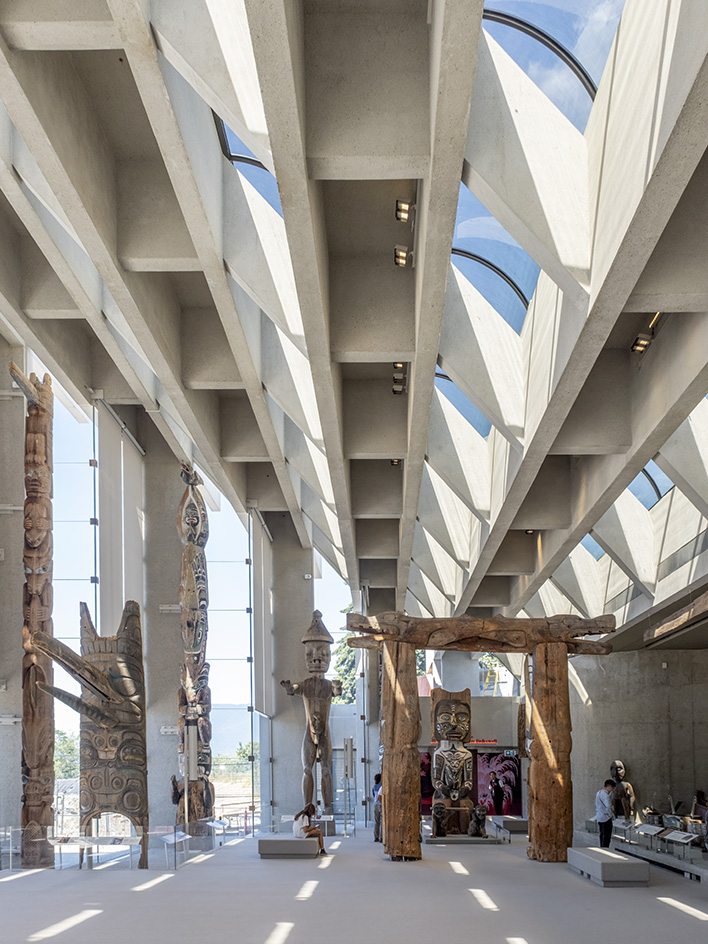
The building’s choreography mirrors the whole process. Now as one walks through the dark canal of the east-facing entranceway that extends into the soaring Great Hall embracing the Western horizon, there is a palpable sense of rebirth.
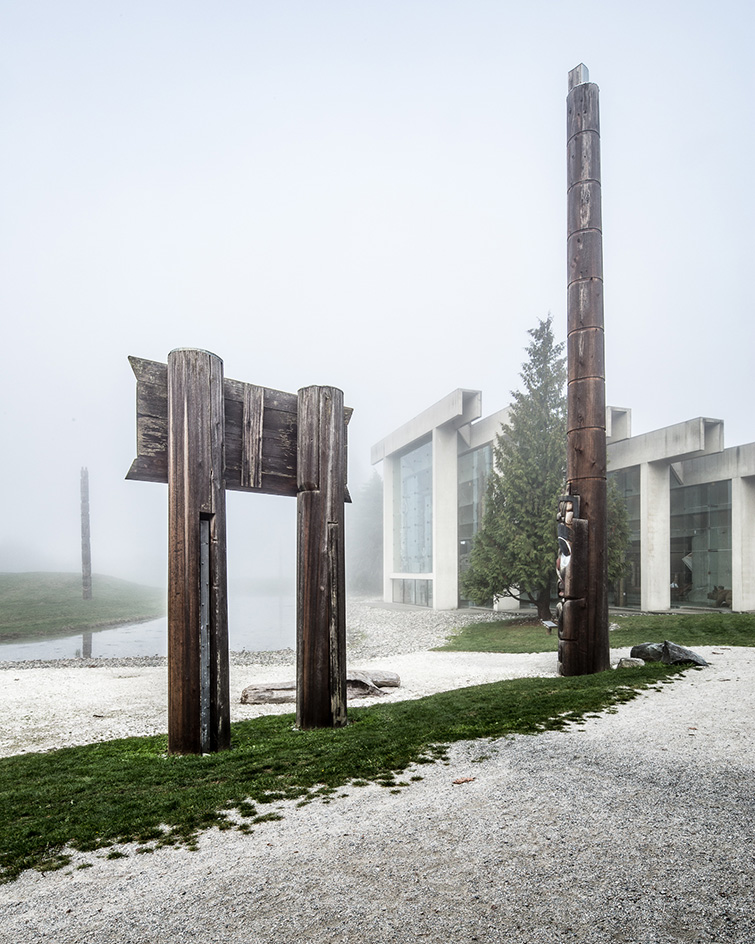
But leading a tour of the building, long-time Erickson associate Nick Milkovich who worked on the original building and was tasked with its reconstruction said: 'If I did my job well, you won’t notice any difference.' Indeed, the changes are seamless and subtle, but significant.
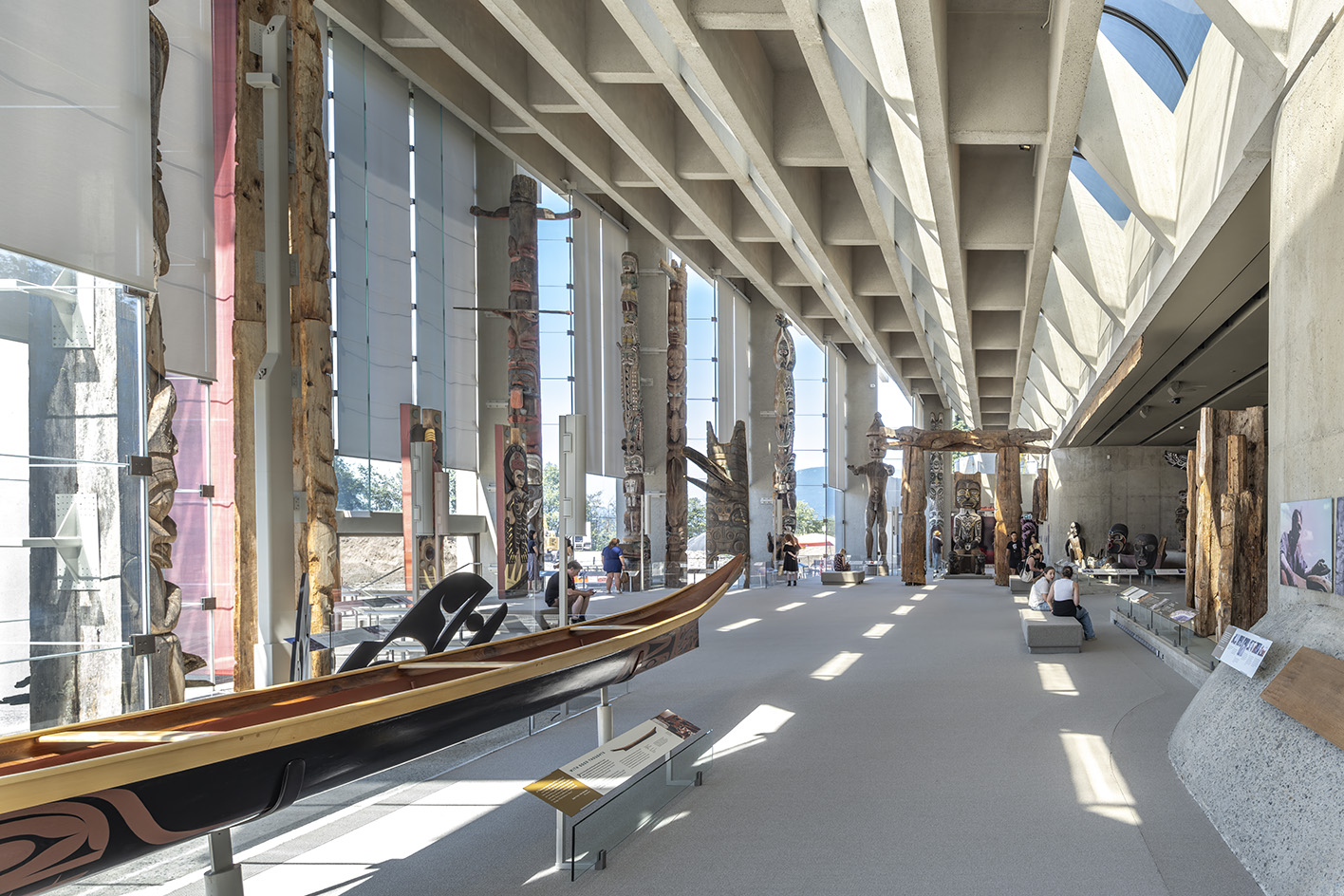
The new architectural and curatorial vision – one that has added to the permanent exhibition 50 new artefacts and signage that contextualises the objects on display in terms of cultural genocide and contemporary discourse in the field and beyond – are of a piece with the original. The Great Hall was demolished and rebuilt with a precast columns and beam structure sitting on a cast-in-place concrete slab, thickened under the columns, all of which rests on isolators within the crawl space.
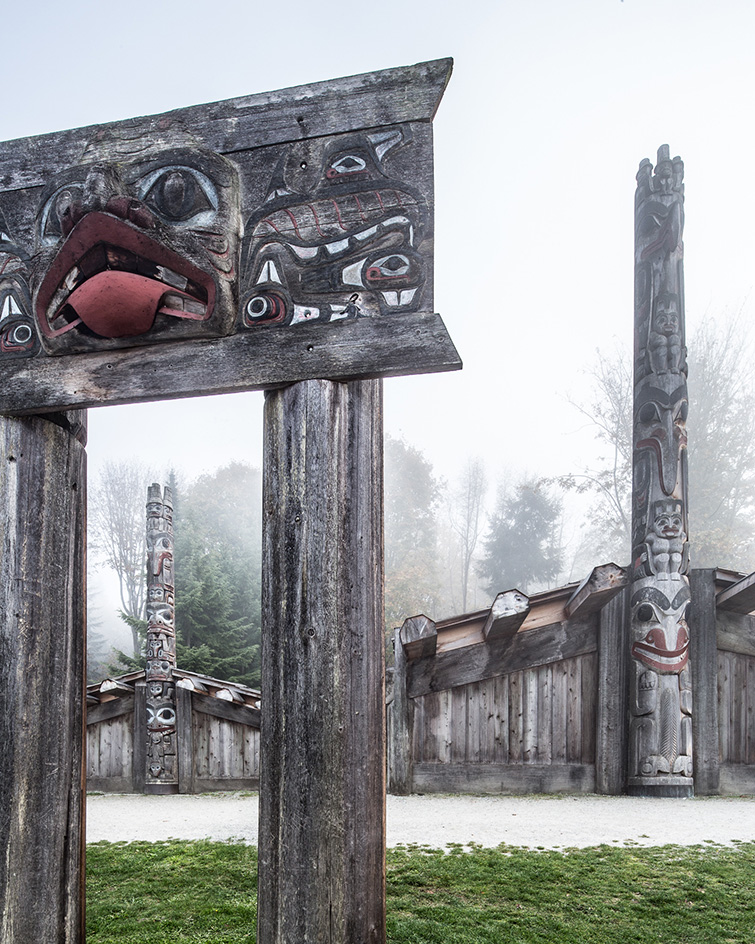
The old tempered glass, which would have shattered instantly in an earthquake, has been replaced by stronger, laminated sheets with UV protection. Plates of glass are cantilevered from the concrete columns and are fixed to a steel rod suspended from the channel beam, allowing them to move in concert with the movement of the structure. Now, 'they can dance with the building,' says Milkovich. The new configuration of glass, woven together by steel, lends a sense of architecture as textile art.
Receive our daily digest of inspiration, escapism and design stories from around the world direct to your inbox.
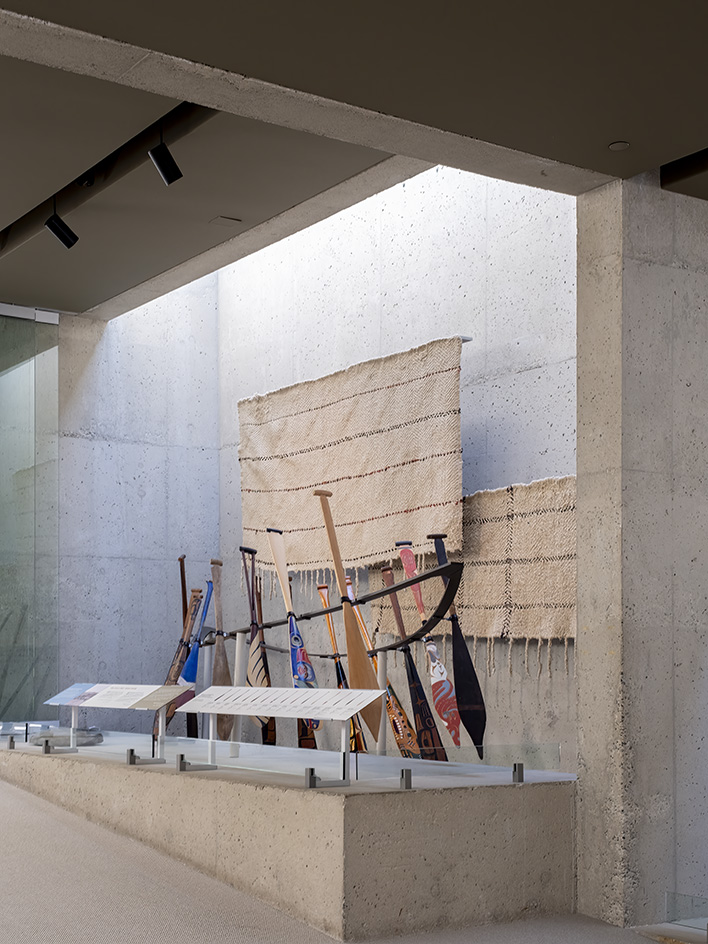
Now there is an even clearer sense of the building’s connection to the land – and, if one goes deeper, a clearer view of the settler/patron’s place within the museum. With its cleaner, brighter transparency and new concrete columns, there is a greater articulation of Erickson’s original intent.
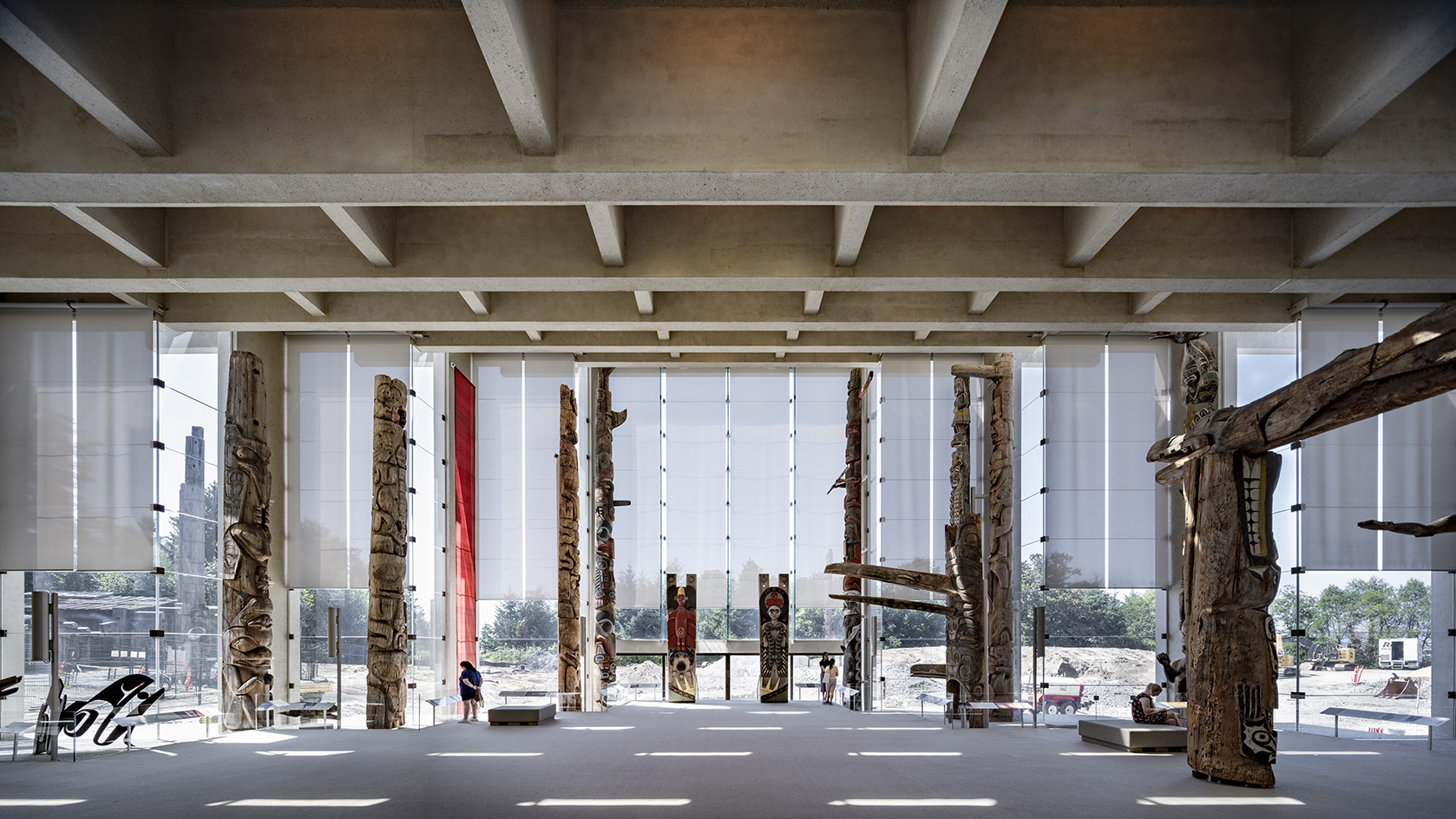
The Museum of Anthropology – part Shinto shrine, part cathedral, part longhouse – is a temple to learning. Its design hopes to transcend the colonial context of the museum, moving from the darkened entranceway through to the great hall, a place birthing light. Views of water and mountains beckon us into a future of reconciliation.
-
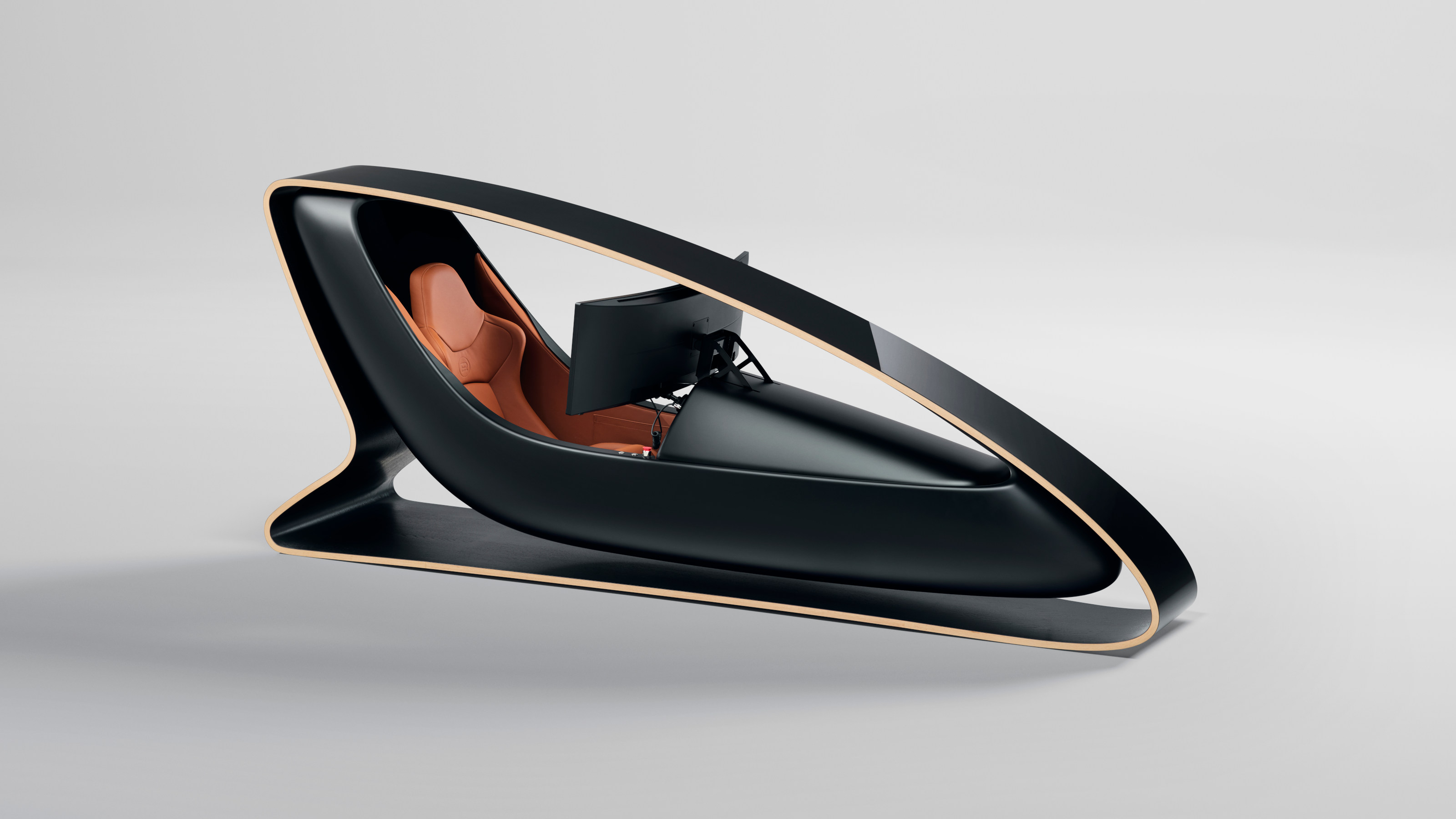 Prodrive updates its sleek racing simulator with new craft and fresh tech
Prodrive updates its sleek racing simulator with new craft and fresh techRace at home in style with the latest version of Prodrive’s racing simulator, now equipped with Bang & Olufsen sound
-
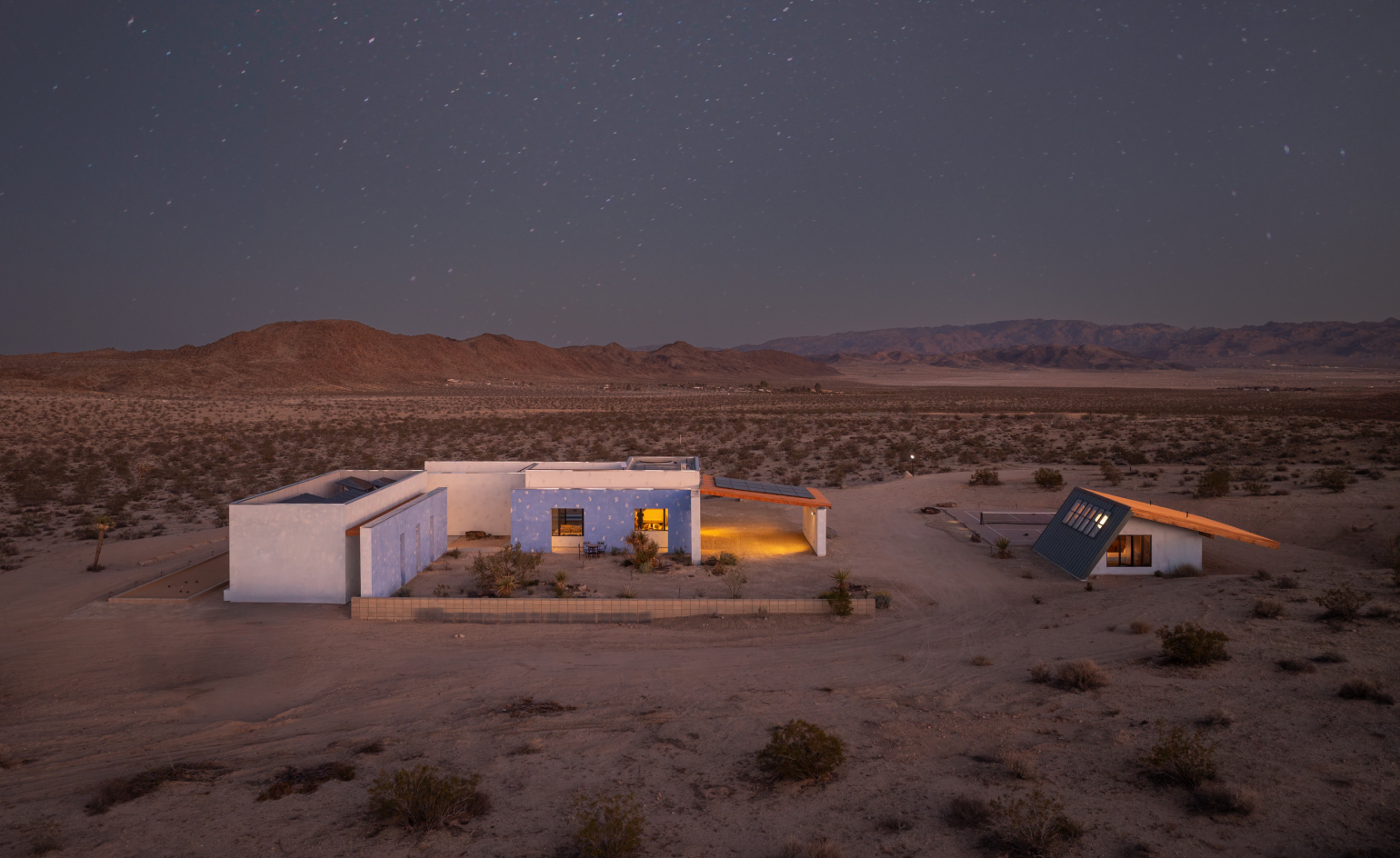 A local architect’s guide to Joshua Tree
A local architect’s guide to Joshua TreeMirtilla Alliata di Montereale shares her favourite things to do to slow down, look closely, and discover Joshua Tree through a more intentional lens
-
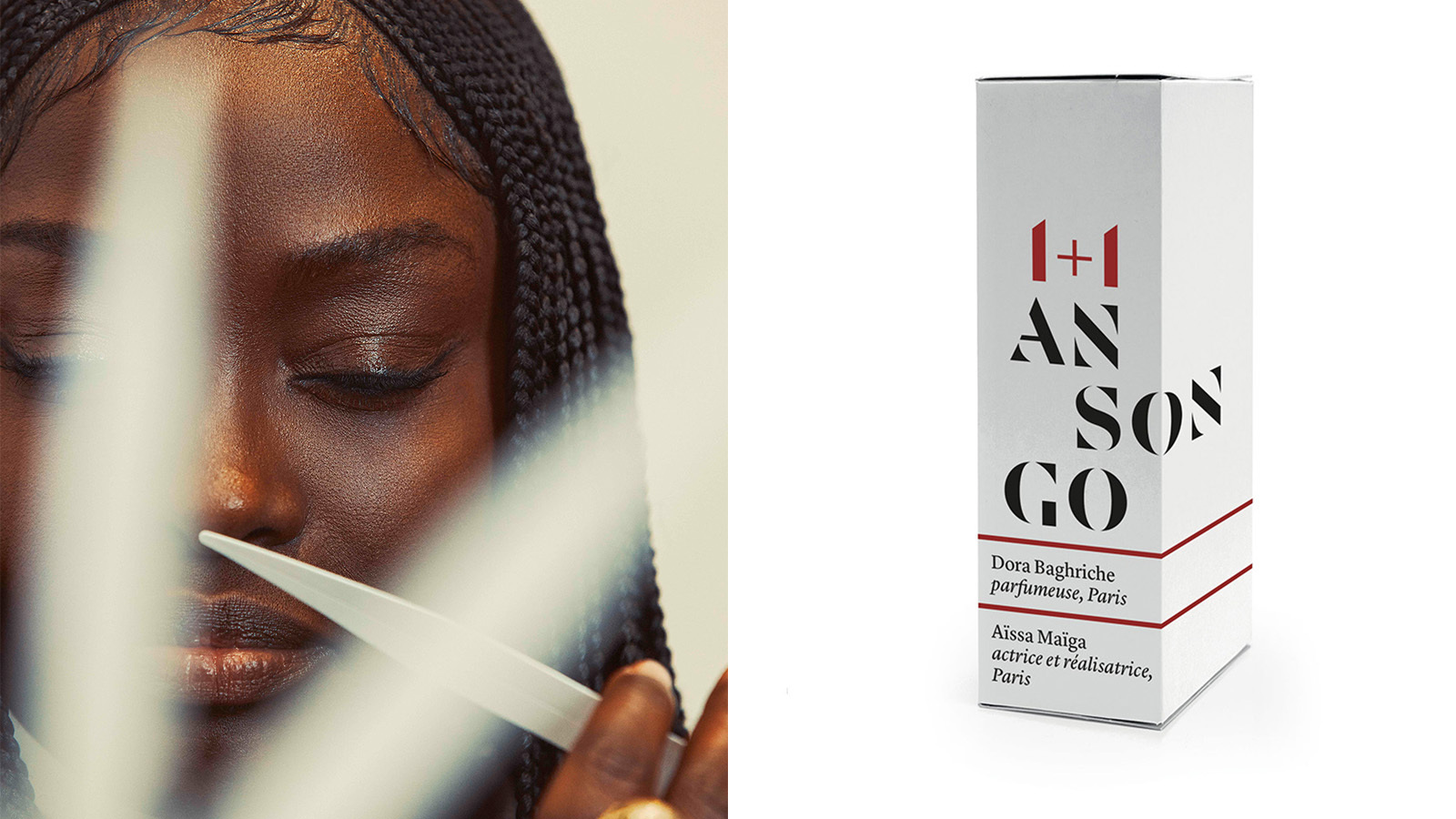 Art meets perfume in cross-disciplinary fragrance series Nez 1+1
Art meets perfume in cross-disciplinary fragrance series Nez 1+1Talents from film and fragrance come together to create Ansongo, the latest scent resulting from a creative matchmaking project by perfume revue Nez
-
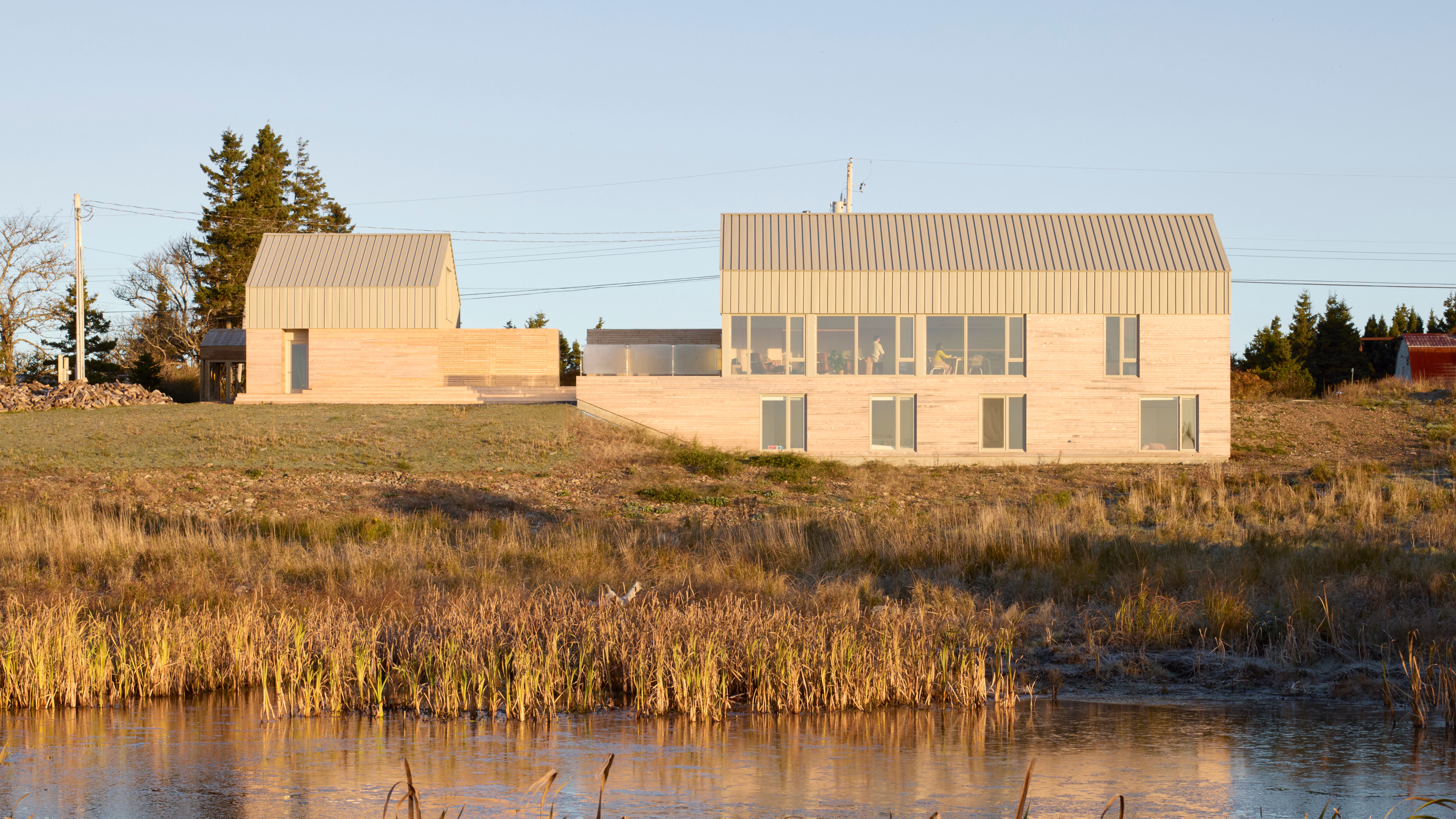 This Canadian house is a precise domestic composition perched on the Nova Scotian coast
This Canadian house is a precise domestic composition perched on the Nova Scotian coastBishop McDowell completed a new Canadian house overlooking the Atlantic, using minimal details and traditional forms to create a refined family home
-
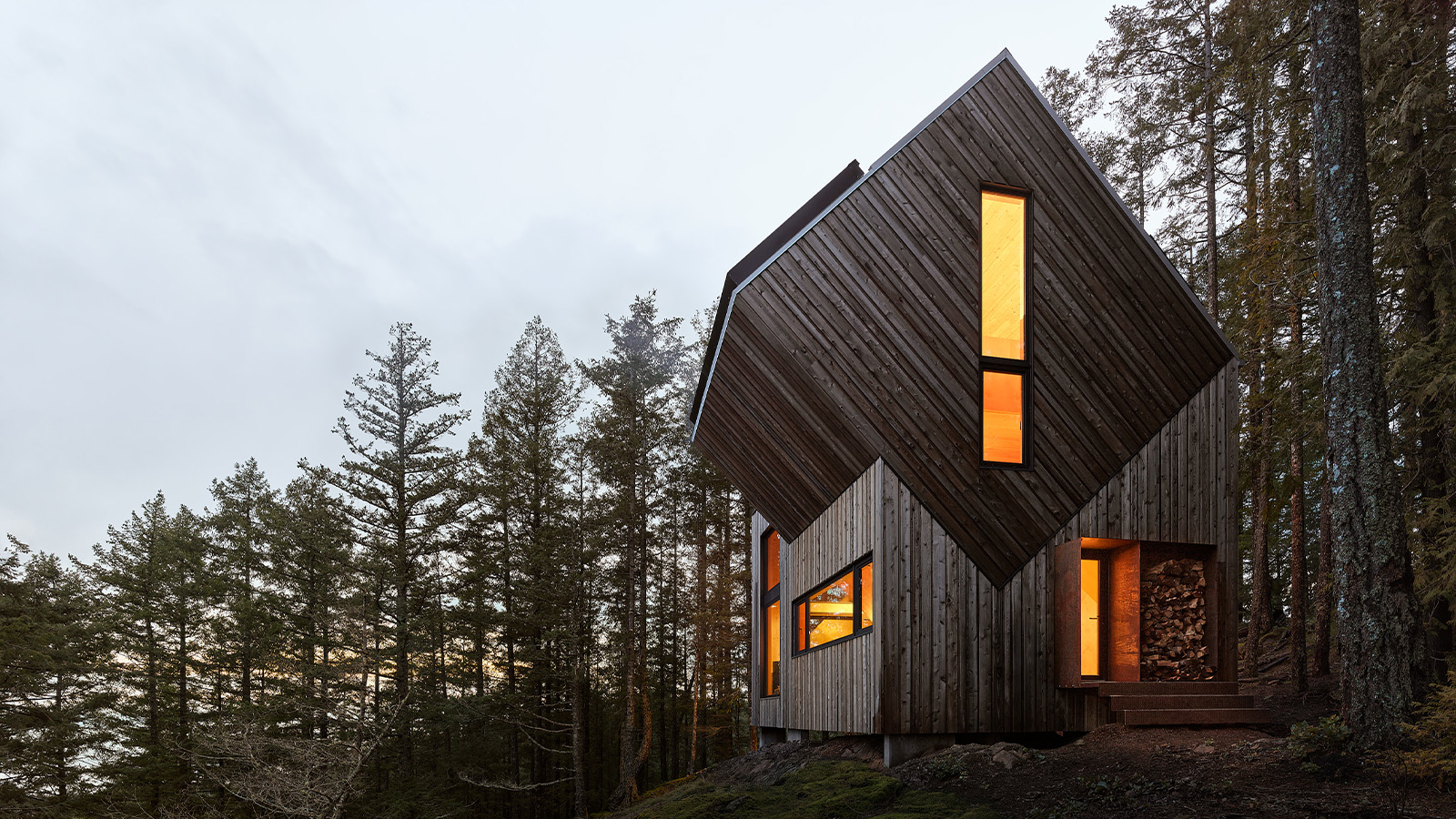 In Canada, The Nest is a three-dimensional puzzle redefining remote living
In Canada, The Nest is a three-dimensional puzzle redefining remote livingOn a wooded site on the country’s West Coast, this prefabricated retreat designed by Daria Sheina Studio is a nurturing space for low-impact living
-
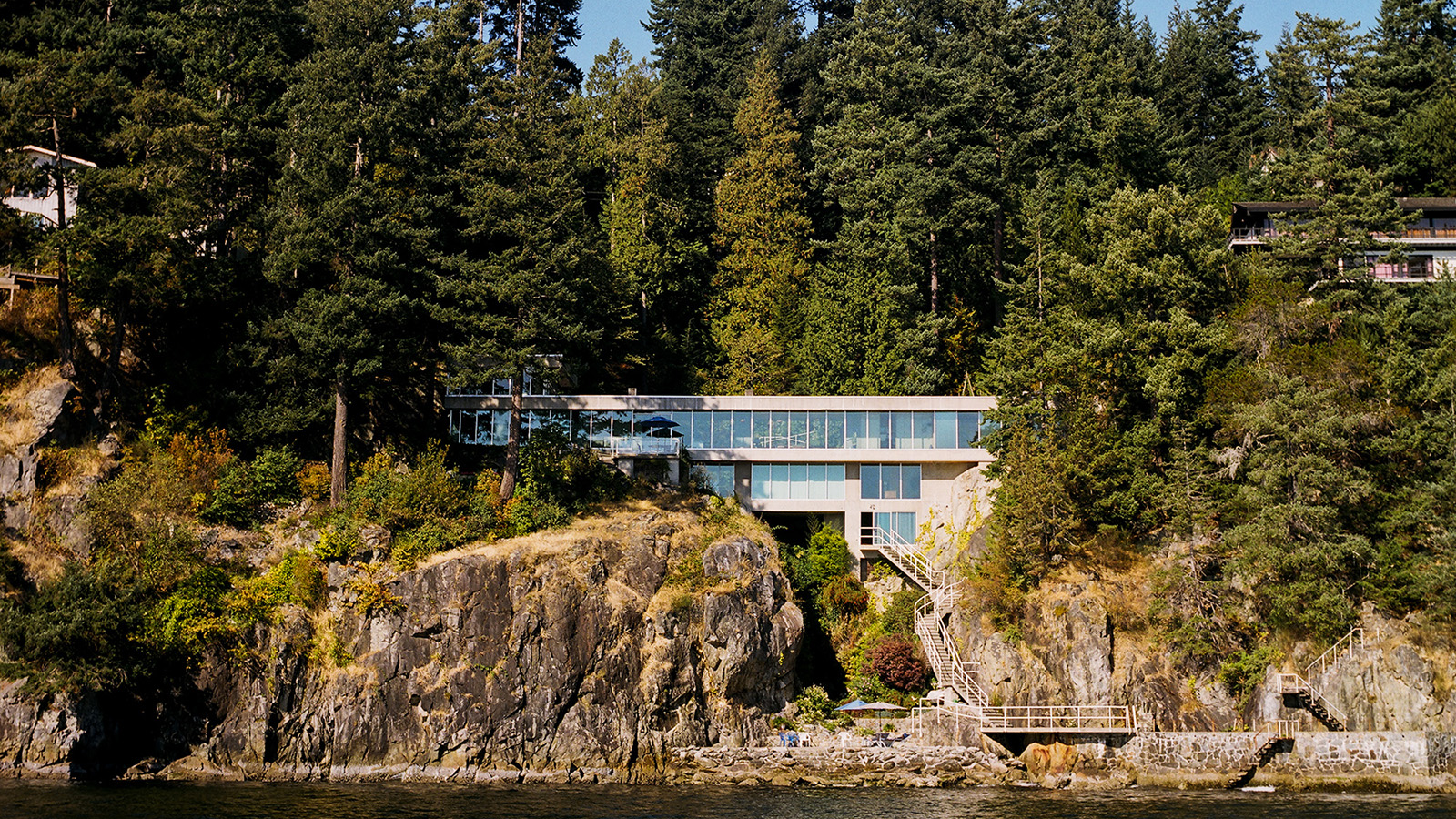 Discover Canadian modernist Daniel Evan White’s pitch-perfect homes
Discover Canadian modernist Daniel Evan White’s pitch-perfect homesCanadian architect Daniel Evan White (1933-2012) had a gift for using the landscape to create extraordinary homes; revisit his story in an article from the Wallpaper* archives (first published in 2011)
-
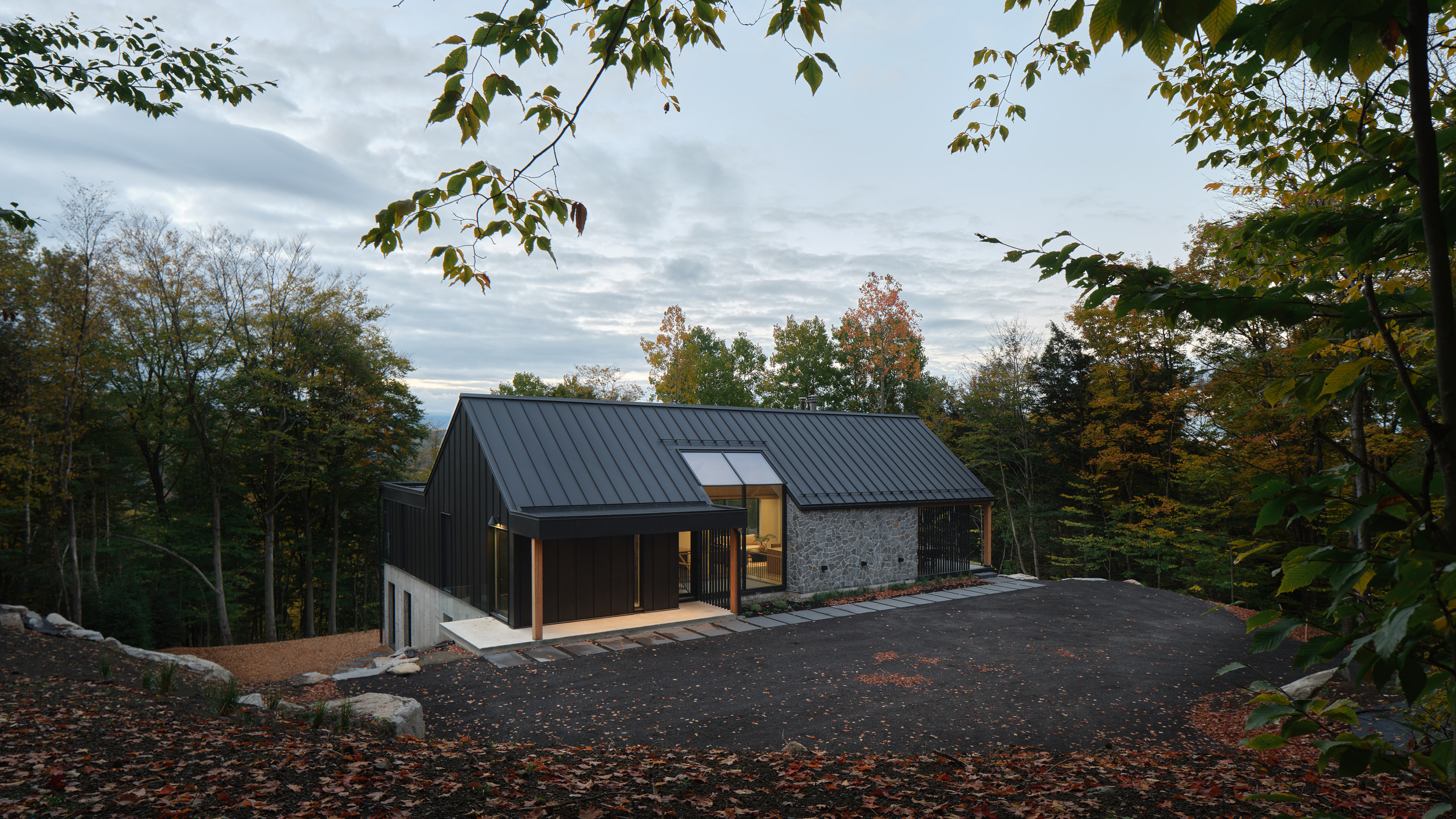 A new Québec house blends open-plan living with far-reaching views
A new Québec house blends open-plan living with far-reaching viewsThe Mountainside Residence is anchored into its sloping site by a concrete plinth, above which sits a main living space with tall ceilings and walls of glass
-
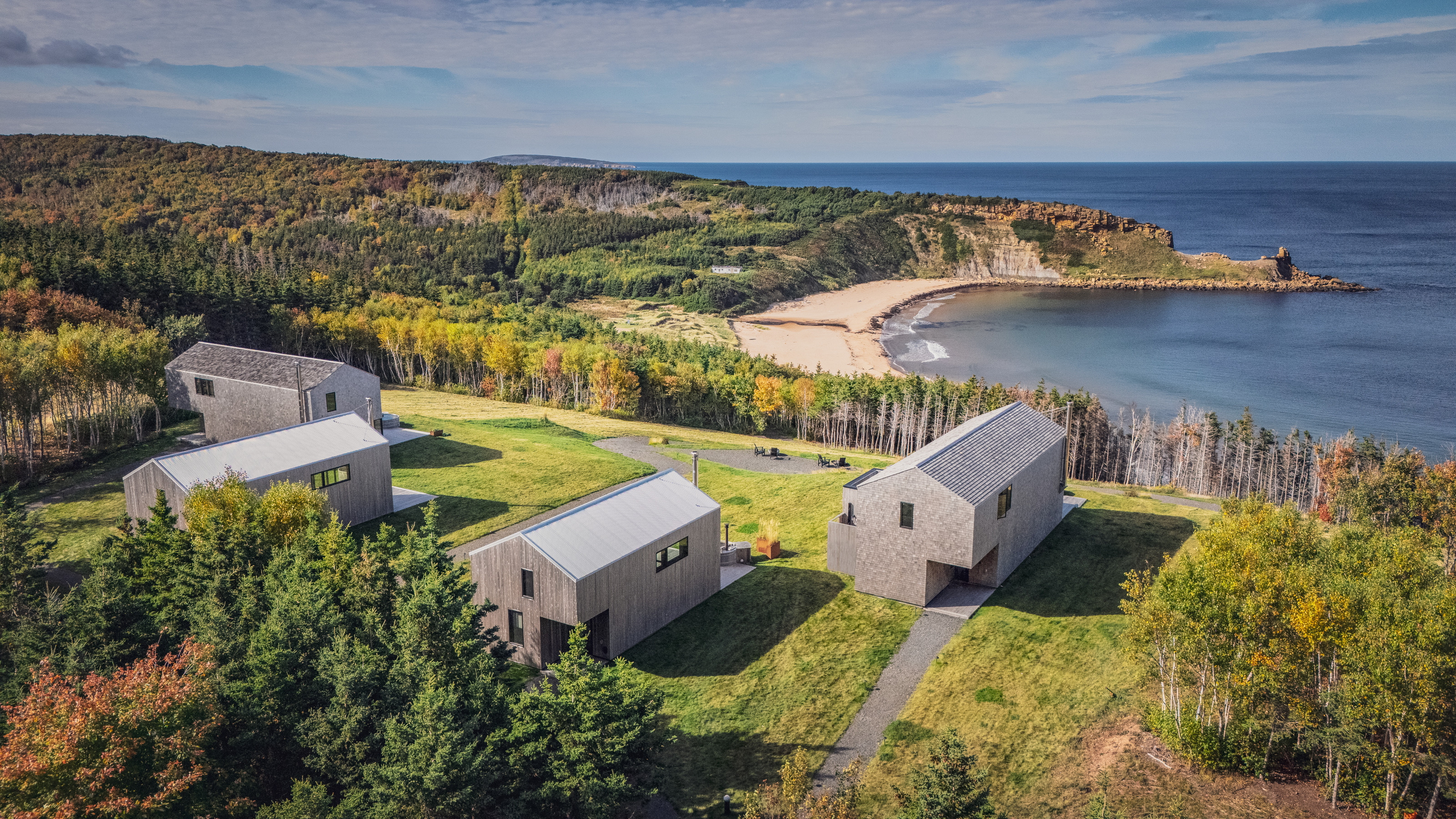 Four super-refined Nova Scotia ‘bunkies’ are unforgettable architectural retreats
Four super-refined Nova Scotia ‘bunkies’ are unforgettable architectural retreatsMacKay-Lyons Sweetapple has completed a collection of elevated guest cabins – named Ridge On The Chimney – on the rugged Nova Scotian coast, all bookable for a stay
-
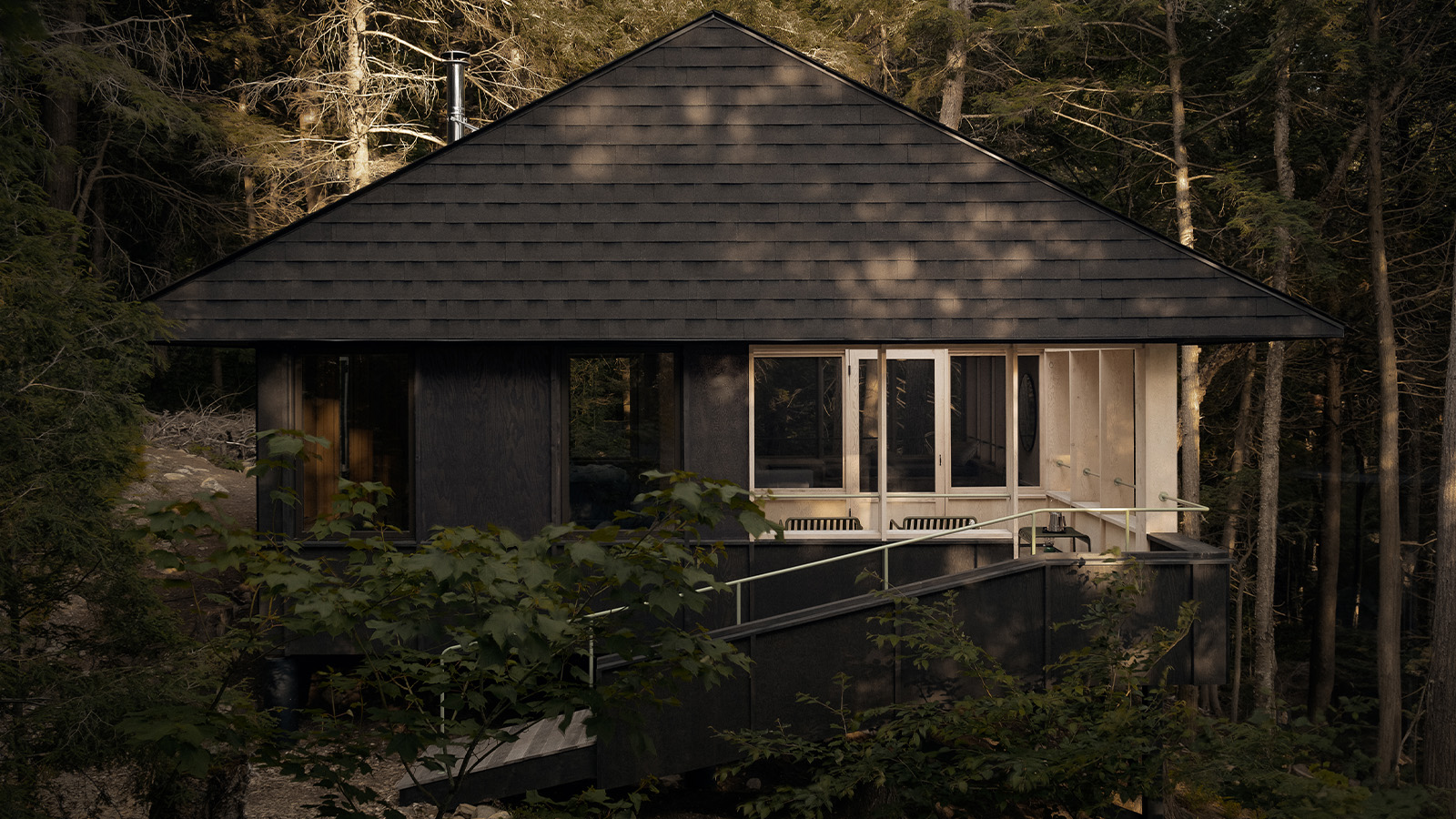 Smoke Lake Cabin is an off-grid hideaway only accessible by boat
Smoke Lake Cabin is an off-grid hideaway only accessible by boatThis Canadian cabin is a modular and de-mountable residence, designed by Anya Moryoussef Architect (AMA) and nestled within Algonquin Provincial Park in Ontario
-
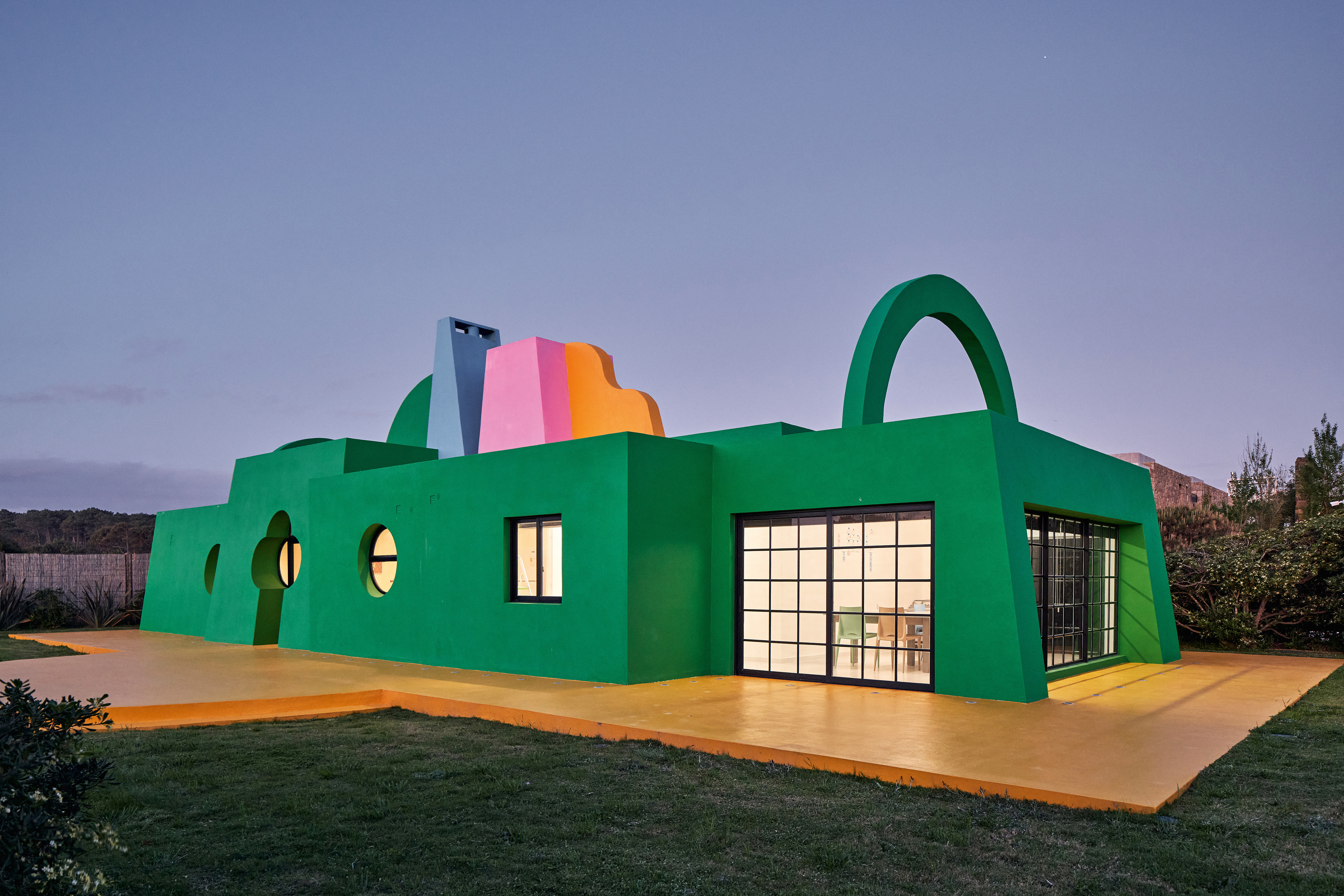 Ten contemporary homes that are pushing the boundaries of architecture
Ten contemporary homes that are pushing the boundaries of architectureA new book detailing 59 visually intriguing and technologically impressive contemporary houses shines a light on how architecture is evolving
-
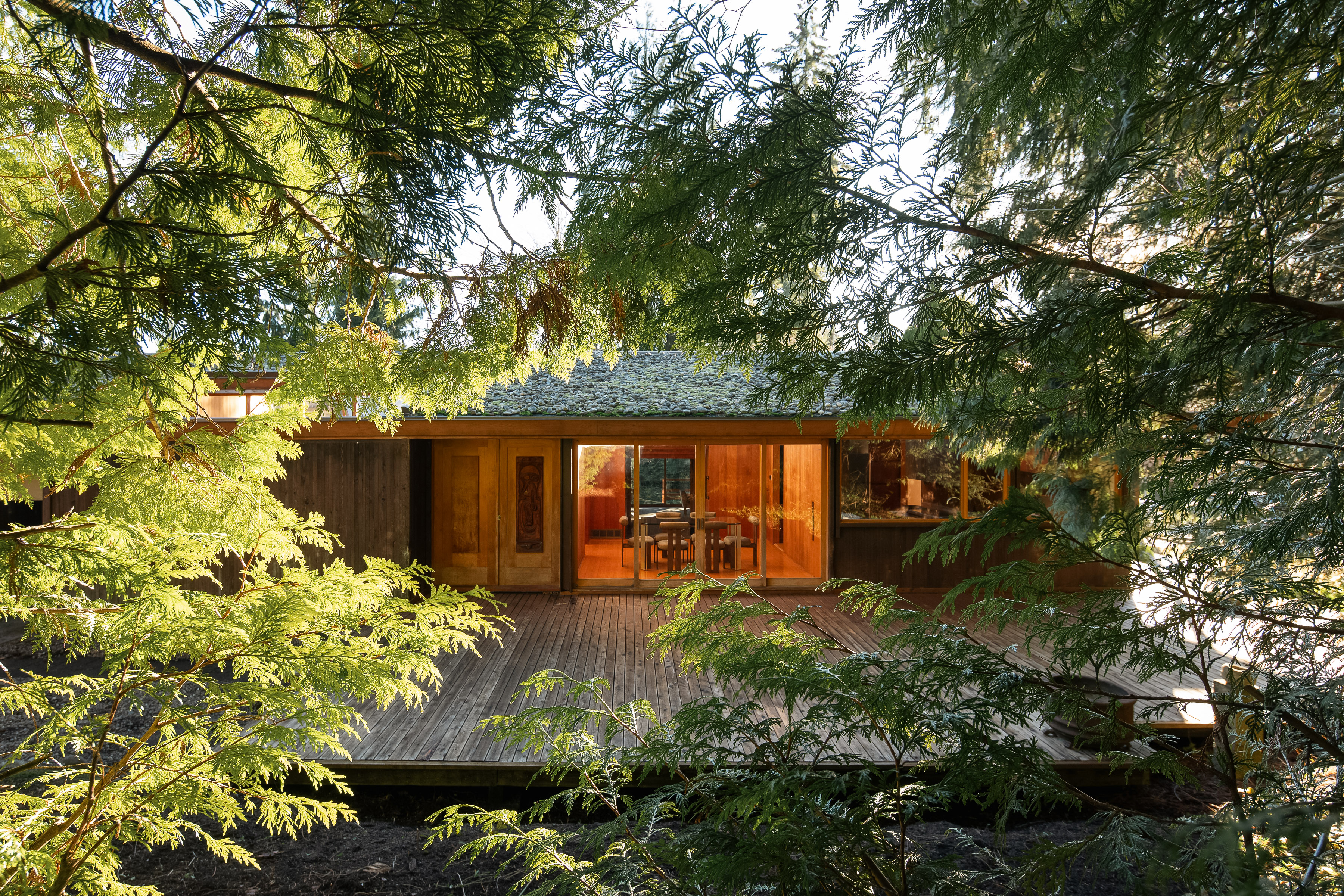 Explore the Perry Estate, a lesser-known Arthur Erickson project in Canada
Explore the Perry Estate, a lesser-known Arthur Erickson project in CanadaThe Perry estate – a residence and studio built for sculptor Frank Perry and often visited by his friend Bill Reid – is now on the market in North Vancouver